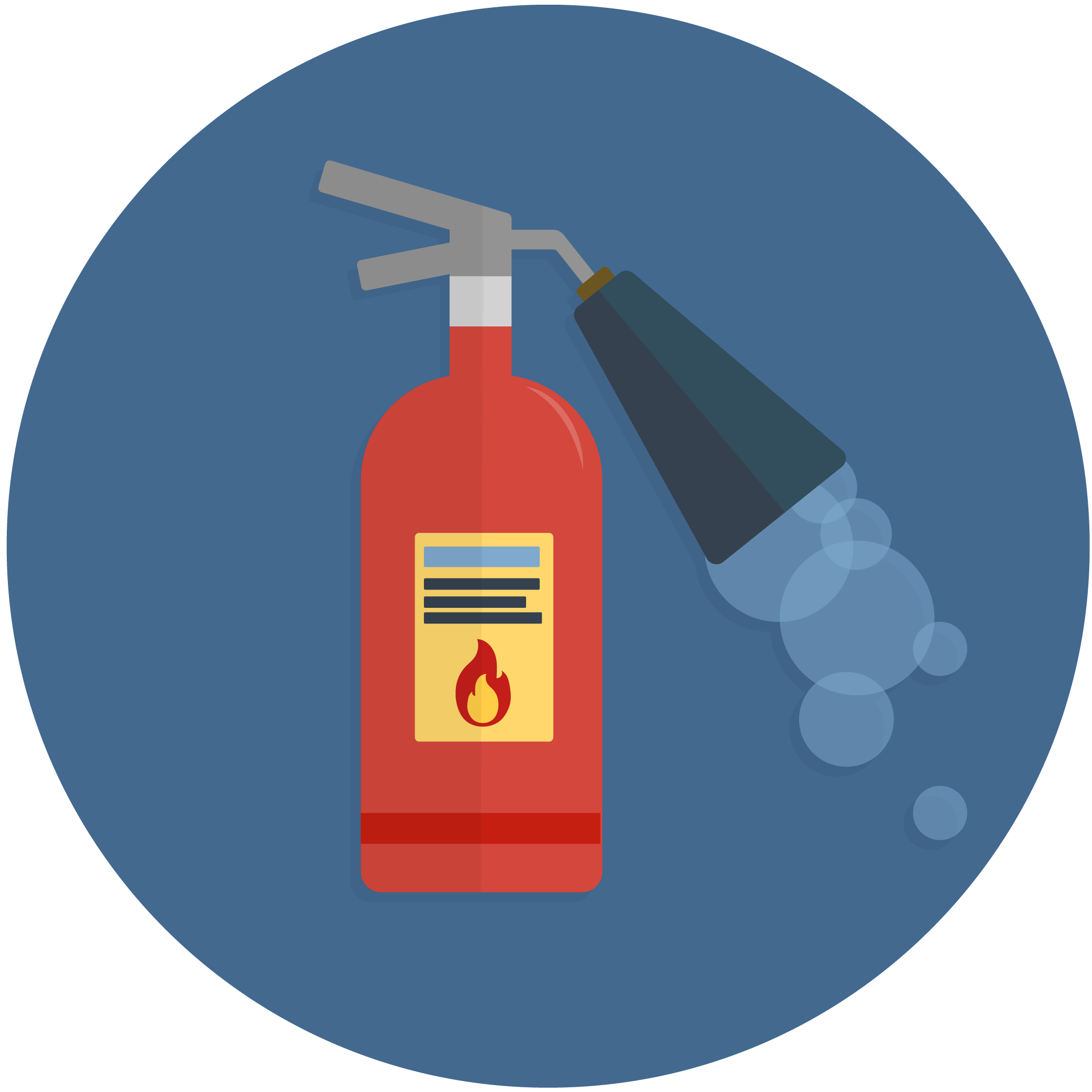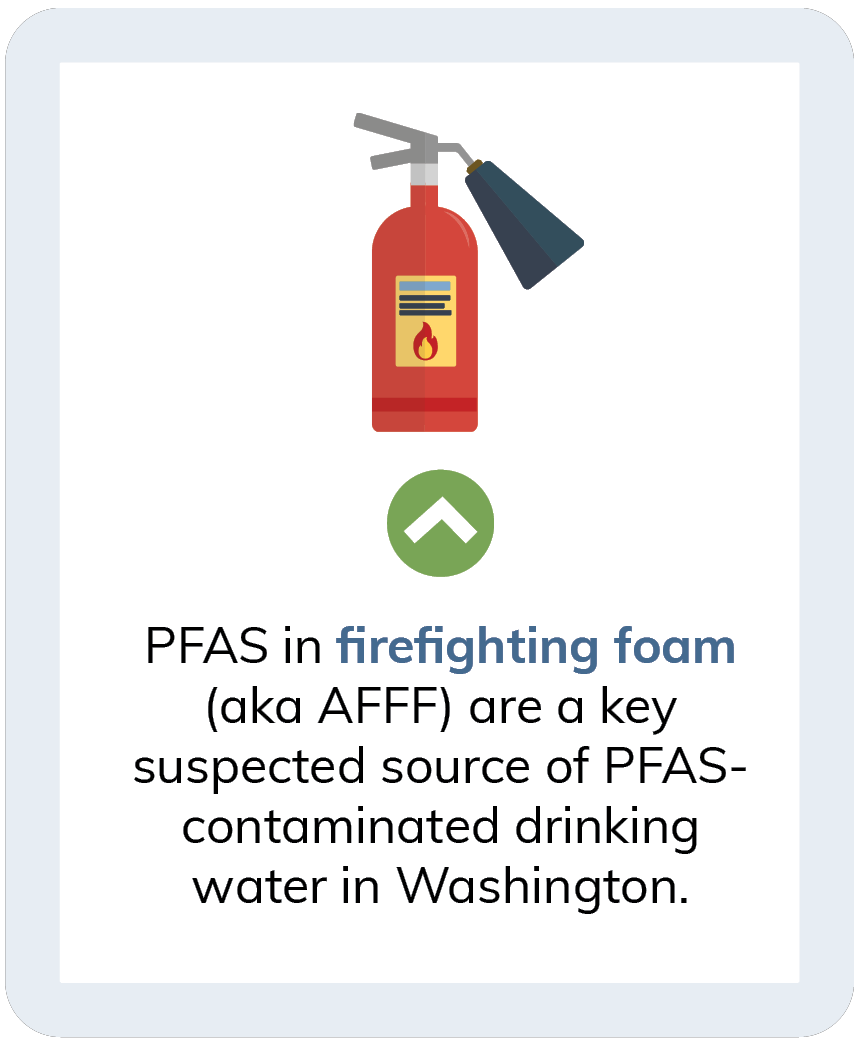Aqueous film-forming foam (AFFF)
In 2018, Washington passed the Toxics in Firefighting law, which restricts the sale, manufacture, and use of AFFF for fire training in Washington. In response to that law, we launched the AFFF collection and disposal program to help fire departments in Washington safely collect, remove, and dispose of their AFFF stockpiles.
What are the risks of AFFF?
AFFF is a key suspected source of PFAS-contamination in drinking water in Washington. Experts investigating the impacts of PFAS on people's health have found probable links to cancers, reproductive impairment, immune system toxicity, and more.
Once PFAS are released into the environment, they are difficult to clean up because they:
- Easily dissolve in water. PFAS are highly mobile and can quickly contaminate groundwater, drinking water, and other areas.
- Never break down. PFAS build up in the environment and remain, which is why they are called "forever chemicals."
It is estimated that nearly all Americans have some amount of PFAS in their blood. Learn more about how to reduce your exposure to PFAS.
How does AFFF get into the environment?
The most common way that AFFF gets into the environment (including drinking water) is through the use of AFFF for fire suppression activities, such as:
- Putting fires out
- System testing (e.g., required testing at airports)
- Fire training (AFFF is banned for fire training as of 2018)
- Spills or accidental release
Why does AFFF contain PFAS?
PFAS create the “film” in AFFF (aqueous film-forming foam). They put fires out by cutting off the oxygen between the flammable liquid and air, which is what keeps fires burning once ignited. PFAS resist heat, easily dissolve in water, and spread quickly so they put out fires faster.
What are we doing about AFFF?
Toxics in Firefighting Law
In 2018, the Legislature passed the Toxics in Firefighting law which restricts AFFF in Washington. AFFF can no longer be manufactured, sold, or used for fire training. AFFF is still allowed for emergencies and actual fires that require it, until an alternative is found.
AFFF collection and disposal program
The AFFF collection and disposal program helps fire departments in Washington collect stockpiles of their AFFF stored on-site and provide a safe disposal option at no cost to them.
Timeline
Related links
Contact information
Sean Smith
Product replacement coordinator
sean.smith@ecy.wa.gov
425-324-0328
Want to stay informed?



